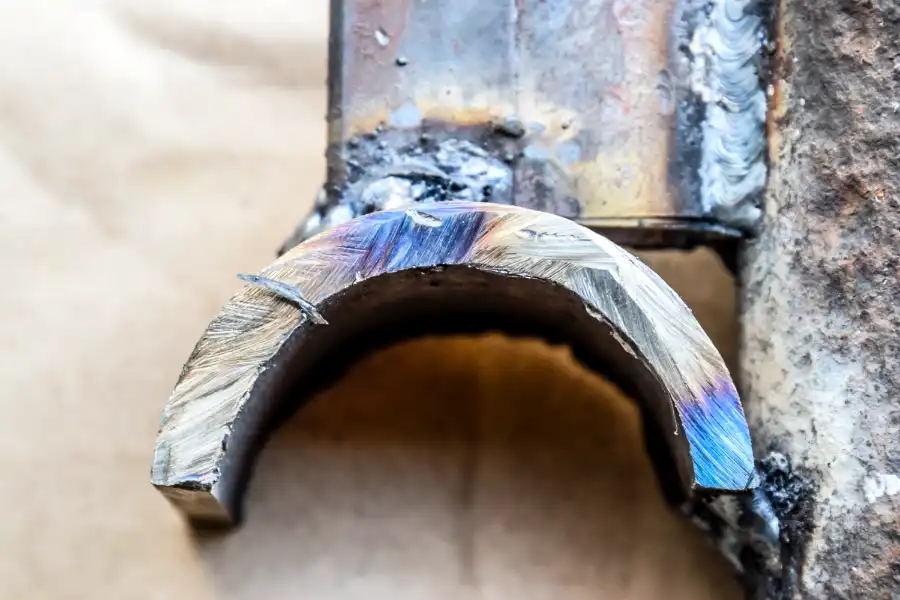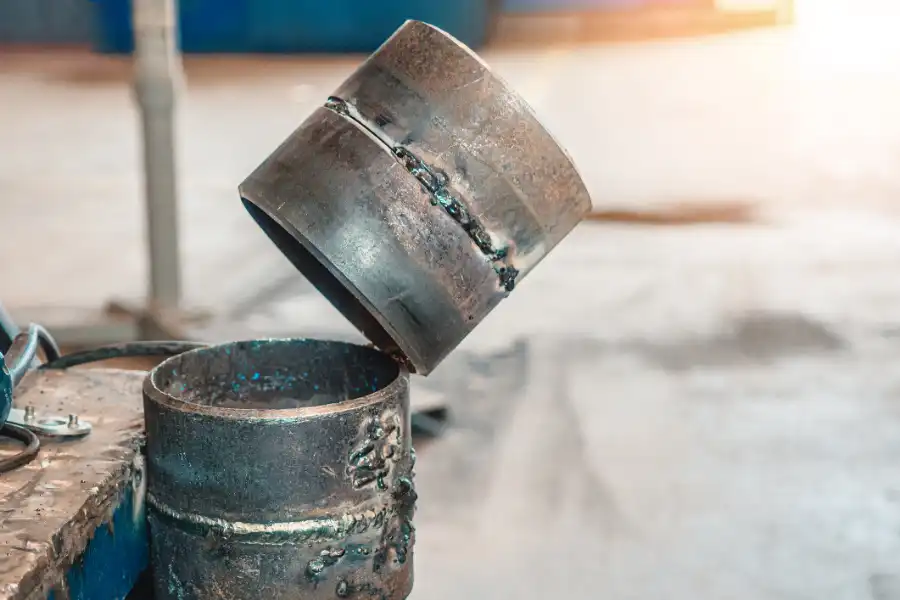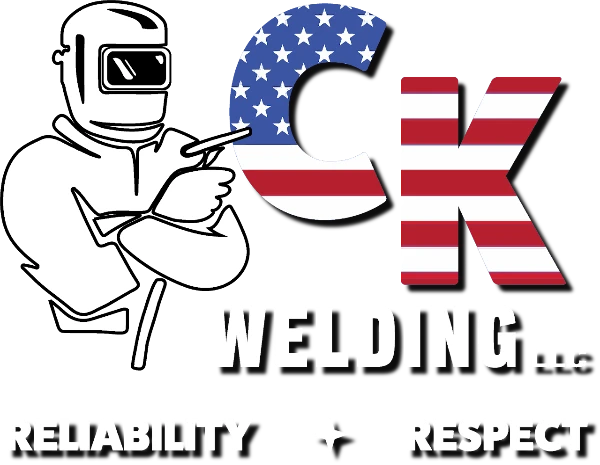Avoiding Pitfalls for Successful Welding With Titanium Alloys
Working with titanium alloys presents unique challenges. These materials are known for their strength and corrosion resistance, making them popular in industries like aerospace and medical device manufacturing. However, welding titanium alloys requires precision and expertise to avoid common mistakes that can compromise the integrity of the finished product. Understanding these pitfalls and how to avoid them is crucial for anyone involved in this specialized field.

Inadequate Preparation of Work Area
Before starting any welding project with titanium alloys, ensure your work area is perfectly clean. Even small amounts of dirt or grease can cause contamination. This may lead to defects in the weld. Keep all surfaces spotless to prevent issues.
Improper Shielding Techniques
Titanium welding demands precise shielding from atmospheric gases. Argon is often used because it prevents oxidation during the process. Inadequate shielding can result in poor weld quality, so ensure your setup provides consistent gas coverage over the weld pool.

Incorrect Heat Management
Using appropriate heat levels is essential when working with titanium welding. Excessive heat can weaken the alloy’s structure, while insufficient heat can cause incomplete fusion. Use temperature controls and adhere to recommended settings for optimal results.
Not Using Compatible Filler Materials
Choosing the right filler material is vital when welding titanium alloys. Mismatched fillers can lead to weak joints and increased risk of failure. Always select materials specifically designed for compatibility with the titanium alloy you are working on.
Poor Joint Design
The design of your joint impacts the success of the welding process. Poorly designed joints can cause stress points and increase the likelihood of cracking. Ensure all joints are properly planned and executed to distribute stress evenly.
Ineffective Cleaning Methods
Effective cleaning methods play a critical role in preparing titanium alloys for welding. Use non-reactive solvents to remove contaminants thoroughly. Avoid abrasive tools that might introduce new impurities into the metal surface.
Lack of Practice and Skills
Welding titanium alloys requires skill and practice. Without proper training, even experienced welders can make mistakes. Regular practice and education on the latest techniques will improve accuracy and reduce errors.
- Maintain a clean workspace at all times
- Ensure effective gas shielding with argon
- Monitor heat levels closely
- Select compatible filler materials
- Design joints carefully to minimize stress
- Use correct cleaning methods before welding
- Practice regularly to refine skills
Your Path to Mastery With Titanium Welding
The path to mastering welding with titanium alloys involves meticulous preparation, correct technique, and ongoing learning. Avoiding common mistakes ensures the structural integrity of your projects and improves end results. If you seek expert support or advice, contact me directly at (858) 203-0915. As a professional based in Poway, CA, I offer specialized services through CK Welding LLC to help you achieve excellence in every weld.
